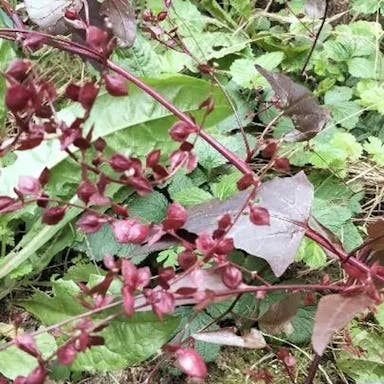The leafy amaranth family member referred to as Celosia with white color, hailing from warmer climates in places like Africa, southern Asia, and the western hemisphere, grows vertically as a yearly or lasting plant. Its alternating, spear-shaped leaves exhibit a metallic gray hue. This Celosia kind features minuscule, densely-packed blooms forming showy clusters in various intense hues including pinkish, orangish, yellowish, purplish, and reddish. The flower heads take on a comb-like form, leading to the common name. This adaptable Celosia functions as a decorative garden plant or as a cut flower for arrangements. It also has conventional healing uses based on potential health upsides. The insignificant fruits harbor tiny seeds within. Regarding dimensions, this Celosia kind may differ based on variety but usually attains 1 to 2 feet vertically with around 1 foot width. It grows relatively easily, requiring sunlight to partial shade and fast-draining earth. It handles hot and dry conditions well, making it appropriate for tropical and subtropical zones. Overall, this Celosia possesses visually captivating blooms with lively colors and metallic foliage. Its simple growing needs and flexibility make it a favored choice of gardeners and flower fans.
0
0












